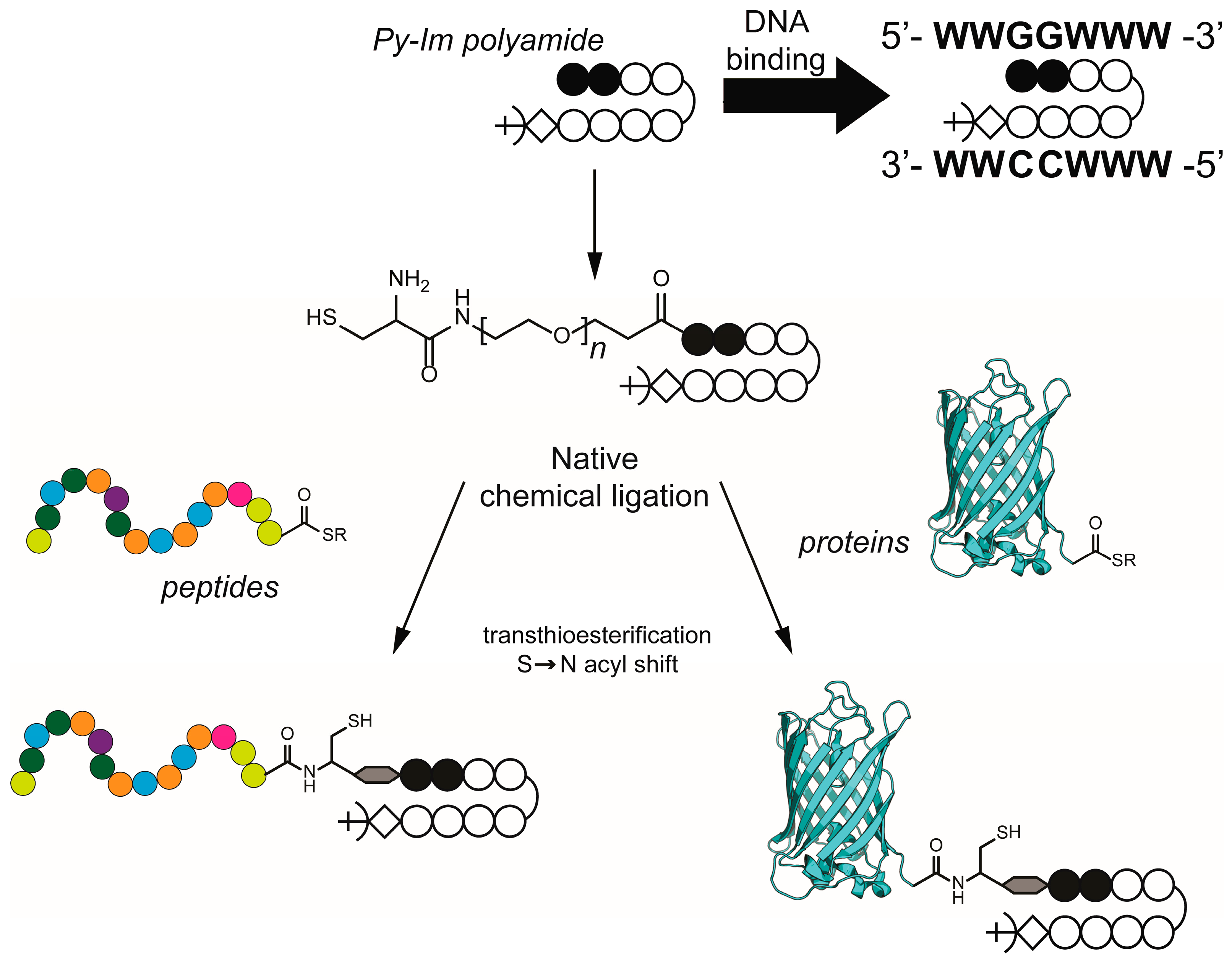


Sanger's dideoxy nucleotide synthetic method Fred Sanger (who won Nobel Prize twice) had initially developed a method for DNA sequencing, which utilized DNA polymerase to extend DNA chain length. Fluorescence detection of oligonucleotide fragments produced by Sanger's dideoxy chain termination method (redrawn from Nature, 324 : p.674, 1986). DNA chemical synthesis.Fig. Chromatography High Pressure Liquid.
These dideoxy nucleotides are used as triphosphates (ddNTP) and can be incorporated in a growing chain, but they terminate synthesis, since they can not form a phosphodiester bond with next incoming nucleotide triphosphate (dNTP). 2 Crudely multiplying current prices of. 41.7).Costs of DNA synthesis using well-established phosphoramidite chemistry (see box below), have remained relatively steady for over a decade. Subsequently, he developed a more powerful method, utilizing single stranded DNA as template for DNA synthesis, in which 2', 3' dideoxy nucleotides were incorporated leading to termination of DNA synthesis (Fig.
In this new approach, a different fluorescent dye is tagged to the oligonucleotide primer in each of the four reaction tubes (blue for A, red for C, etc.). This is done for all the four reaction mixtures on adjoining lanes in the gel.(iii) The gel is used for autoradiography so that the position of different bands in each lane can be visualized,(iv) The bands on autoradiogram can be used for getting, the DNA sequence as shown in Figure 14.8.A variant of the above dideoxy method was later developed, which has allowed the production of automatic sequencers. Each tube also contains a small amount (much smaller amount relative to four dNTPs) of one of the four ddNTP, so that four tubes have each a different ddNTP, bringing' about termination at a specific base-adenine (A), cytosine (C), guanine (G) and thymine (T).(ii) The fragments generated by random incorporation of ddNTP leading to termination of reaction are then separated by electrophoresis on a high resolution polyacrylamide gel.
The sequence is determined from the temporal order of peaks corresponding to four different dyes (Fig. A high sensitivity fluorescence detector is placed near the bottom of the tube, which measures the amount of each fluorphore as a function of time.


 0 kommentar(er)
0 kommentar(er)
